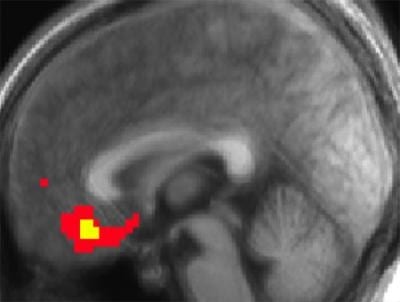Science for everyone
By news editor, on 6 July 2012
 In the third of a series of blog posts about the UCL Neuroscience Symposium 2012, held on Friday 29 June, Dr Andrea Alenda (UCL Institute of Behavioural Neuroscience) discusses a presentation by UKPubMed Central and the wider issue of open access research.
In the third of a series of blog posts about the UCL Neuroscience Symposium 2012, held on Friday 29 June, Dr Andrea Alenda (UCL Institute of Behavioural Neuroscience) discusses a presentation by UKPubMed Central and the wider issue of open access research.
Access to research findings has, traditionally, largely been restricted to members of higher education institutions and related sectors that can afford the costs of subscriptions to a great number of journals.
With an average cost of £16,500 per year of journal subscription, not a single institution can afford the costs of subscribing to every existing journal.
For people outside these institutions, there is a paywall with a £20 pay-per-view fee per article to access peer-reviewed scientific research. The open access movement aims to remove these paywall barriers and make publicly funded research outputs freely available to everyone.
Open access hits the mainstream
Open Access has recently become a topic of mainstream interest, with the UK government showing their support by setting up a working group composed by members of academia, publishers and research funders to investigate expanding access to published research.
The findings of the group are contained in the recent Finch report. David Willetts, Minister for Universities and Science, has indicated that the government backs the move to open access, saying: “We need to make as much as possible, as open as possible, as quickly as possible”.
 Close
Close



